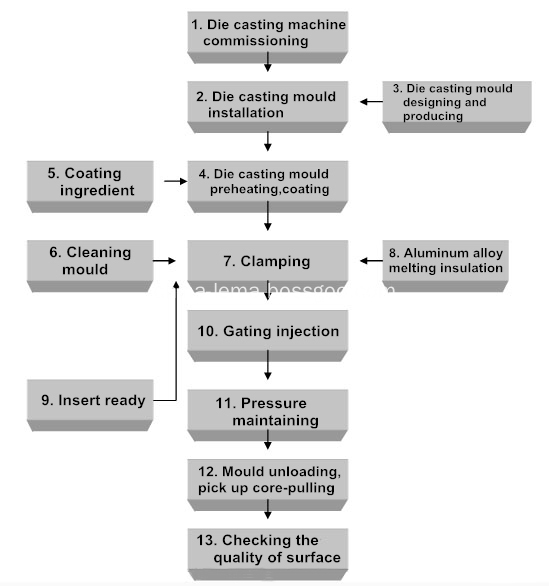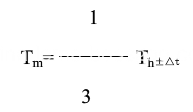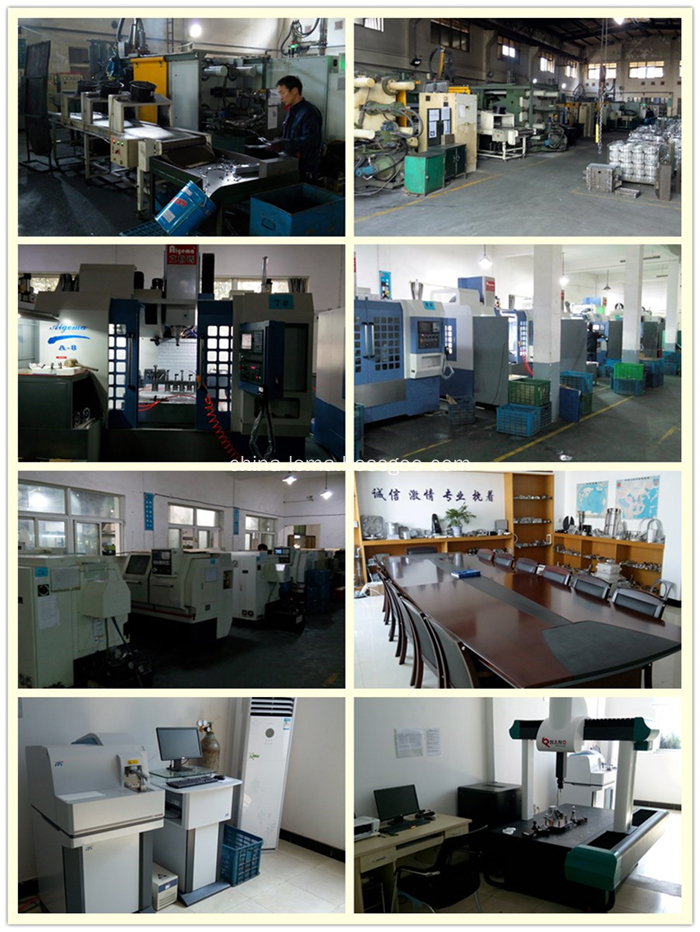Four Effective Ways to Improve Soil Fertility
Plants and roots, soil, and soil organisms that grow on the ground are interdependent and interact with each other to form a soil ecosystem. Soil organisms are the most important and most active part of the soil biological system. They play a dominant role in soil nutrient cycling, system stability and anti-jamming ability, and sustainable soil productivity. Once the soil organisms and their processes are severely disturbed and damaged, the biochemical processes of the soil nutrient conversion cycle are hindered, the efficiency of resource conversion and utilization is reduced, soil degradation and environmental functions are degraded, and pests and diseases are intensified, which will affect the sustainable use of soil and agriculture. Sustainable development. However, modern intensive agriculture relies on the development of irrigation, the extensive use of chemical fertilizers, pesticides, and other chemical substances containing heavy metals, the development of mechanization, high-yield species, monoculture, and the improvement of the intensity of land use. The disturbance to agricultural ecosystems has become more and more intense, resulting in soil Biological population destruction, quantity reduction, and biodiversity decline. Therefore, strengthening the protection of soil biological systems and the cultivation of soil biological fertility have become the top priority for the construction and conservation of cultivated land in China and the realization of sustainable agricultural development. Here are some relevant measures on how to maintain and cultivate soil biological fertility.
1 Overall Structure and Soil Environment Maintenance and Maintenance
Soil is the main site of underground and surface biological life activities, and it is the base of fixed plant roots supporting plant growth. Normal soil structure and good soil environment are the basic guarantees for the healthy growth of soil organisms, and are necessary conditions for smooth transformation, release, migration and automatic regulation of soil nutrients, moisture, air and heat. Therefore, the maintenance and maintenance of soil structure and soil environment is an important content of soil biological fertility. Destruction of soil structure, including soil thinning, soil consolidation and soil sand and petrification, caused damage to soil thickness and soil nutrient composition. The soil environment includes the soil external environment (such as weather, climate, light, heat, hydrology, etc.) and the soil internal environment (such as soil pH, soil temperature, soil moisture, soil air, soil structure, nutrient conditions, etc.). Therefore, increasing ground cover, vigorously developing ecological agriculture, optimizing arable land management methods (eg, less tillage, no-tillage, and compound planting), controlling soil erosion, reducing non-agricultural construction, and controlling environmental pollution are maintenance and preservation of soil structure and soil environment. Effective measures.
2 Introduce beneficial soil organisms
For a particular soil, there is usually a corresponding biological group and its composition ratio, and different soil organisms perform different soil biochemical functions. Therefore, once a certain biological species in the soil is destroyed or extinct, it will inevitably cause a loss of function. In order to avoid the incoordination of soil fertility, some soil organisms that are favorable to the soil environment and soil fertility can be introduced through certain artificial measures to restore the original biological communities or to increase certain functions (such as disease prevention, pest management, and bioremediation). ). The development of microbial fertilizers is a successful practice in this area. Microbial fertilizers, also known as biological fertilizers, bacterial fertilizers, and inoculants, are a series of microbial living products that have a specific fertilizer effect on microbial life activities and their products. There are more than 500 domestic microbiological fertilizer production enterprises and the annual output is about 5 million tons. The types of microbiological products are also increasing. At present, the products registered in the Ministry of Agriculture are divided into two categories: bacterial agents and bacterial fertilizers. There are 11 varieties in total, and 9 fungi species are nodule agents, nitrogen fixing agents, and silicates respectively. Bacterial agent, phosphobacterial photosynthetic bacteria agent, organic material decontamination, gas-producing bacteria agent, compound inoculant and soil remediation agent; 2 bacterial fertilizer products are compound biological fertilizer and bio-organic fertilizer. These different microbial fertilizers can promote the reproduction and growth of different microbial populations.
3 Implement a reasonable fertilization system
Fertilization affects the abundance of soil nutrients and the input of carbon source materials, thereby affecting the amount of soil microorganisms. Therefore, a reasonable fertilization system is an effective way to cultivate soil biological fertility and improve the efficiency of cultivated land. Because of a large number of single applications of chemical fertilizers, there are many problems such as deterioration of soil structure and environmental pollution. Therefore, maintaining the input of appropriate organic and inorganic fertilizers, especially the input of biological organic fertilizers, is important for the healthy and sustainable development of soil fertility.
Many experiments have proved that the application of bio-organic fertilizer can also increase the utilization of chemical fertilizers, and the combined application of chemical fertilizers and organic fertilizers can not only supplement the input of organic carbon sources, but also improve the physical properties of the soil and greatly stimulate the activity of soil microorganisms. The results of Ndayeyamiye et al. showed that long-term application of organic fertilizers or organic-inorganic fertilizers can increase the number of soil bacteria, fungi, and actinomycetes, and the ammoniated bacteria, nitrifying bacteria, and autotrophic azotobacteria also increased significantly. The application of organic and inorganic fertilizers is a reasonable fertilization system. Such a fertilization system can not only increase the effectiveness and supply capacity of soil nutrients, but also maintain a good and healthy soil structure and enhance the soil fertility/self-hematopoiesis function. . The combined application of organic and inorganic fertilizers can also increase the content of soil microbial P, and reduce the fixation of P to the soil, so that the roots of deep-seated plants, improve the ability of drought and alkali resistance, increase crop yields and improve agricultural stamina.
4 Adopt a reasonable farming system and planting methods
The more energy that is put into the soil through cultivation, the greater the number of microorganisms and the greater the mineralization rate. Tillage methods indirectly change the quantity of soil microorganisms and the mineralization pathways of soil microorganisms and the food chain. Undisturbed no-tillage soil is good for promoting the growth of bacteria and fungi, of which the greatest impact is on bacteria. Compared with no-tillage treatment, all farming methods will reduce soil microbial biomass, and the lower the degree of tillage, the less soil microbial biomass will decrease. In soils with little tillage or no-tillage, the microorganisms and their connections begin to concentrate in the topsoil and enhance the ability of the soil microorganisms in the same layer to immobilize organic carbon. Traditional methods of tillage thinned the topsoil that linked crop residues with soil microorganisms, thereby reducing the mineralization rate.
Compared with the continuous cropping system, soil enzyme activity is more sensitive to the positive effects of the rotation system and it also responds to no-tillage treatment. Tillage types can also compensate for the influence of cultivation measures on soil ecology, as conservation tillage measures can reduce soil disturbance compared to traditional farming, and the enzyme activity in topsoil (<10cm) is significantly higher. Long-term crop rotation, due to better plant diversity than continuous cropping, usually has a good impact on soil enzyme activity, especially under the condition that legumes contain legumes. In this regard, there are many good practices in China, such as the intercropping or rotation of the general dryland crops with soybeans, peanuts, and other legumes. In the rice-wheat cropping area, legume green manure cultivation in the recreational period is the use of biological nitrogen fixation. Increased soil strength
Related Instruments Ring Knife Soil Crusher
The aluminum die casting part production flow chart

Commonly used materials of aluminum die casting: ADC12, ZL101, ZL102,A380, AlSi9Cu3, AlSi12(Fe);
The precision of the aluminum die casting: ±0.1mm;
Smoothness of surface of rough part: Ra1.6~Ra3.2;
Shrinkage rate of aluminum die casting products: 0.5%;
Material wastage rate: 5%;
General aluminum die-casting machining allowance: 0.5mm~0.7mm;
Surface preparation methods: Sand blasted, Shot blasting, Powder coating, Painting, Plating, Electrophoresis, Polishing
The specific pressure parameters of aluminum die casting part
|
Material |
Thickness of die casting parts≤3mm |
Thickness of Die Casting Parts>3mm |
||
|
Simple structure |
Complex structure |
Simple structure |
Complex structure |
|
|
Aluminum alloy |
25-35Mpa |
35-45Mpa |
45-60Mpa |
60-70Mpa |
Injection speed of die cast process
|
Pouring liquid metal tie up chamber volume percent |
Injection speed(cm/s) |
|
≤30 30-60 >60 |
30-40 20-30 10-20 |
High speed computing formula

V -------------Cavity volume (CM3);
N ------------ Cavity No;
D ------------ Die-casting drift (CM);
T ------------- Proper filling time.
Holding pressure time
|
Material |
Thickness of die casting part<2.5mm |
Thickness of die-casting part>2.5~6mm |
|
Aluminum alloy |
1-2 |
3-8 |
Aluminum die casting mold temperature

Tm --------------- Aluminum Die Casting Mould required working temperature (℃);
Th -------------- Aluminum Alloy pouring temperature (℃);
△ t---------------The temperature control of tolerance (The general is 25℃).
The Aluminum Alloy Die Casting production and QC control

Aluminum Alloy Die Casting, Aluminum Pressure Die Casting, High Pressure Aluminum Die Casting, Aluminum Injection Die Casting
NINGBO BEILUN LEMA MACHINERY TECHNOLOGY CO.,LTD , http://www.china-lema.com